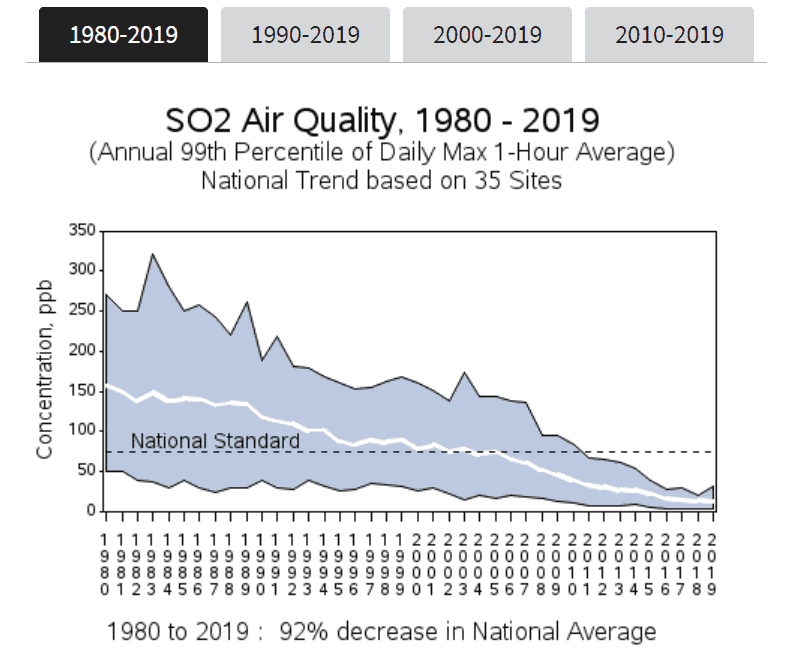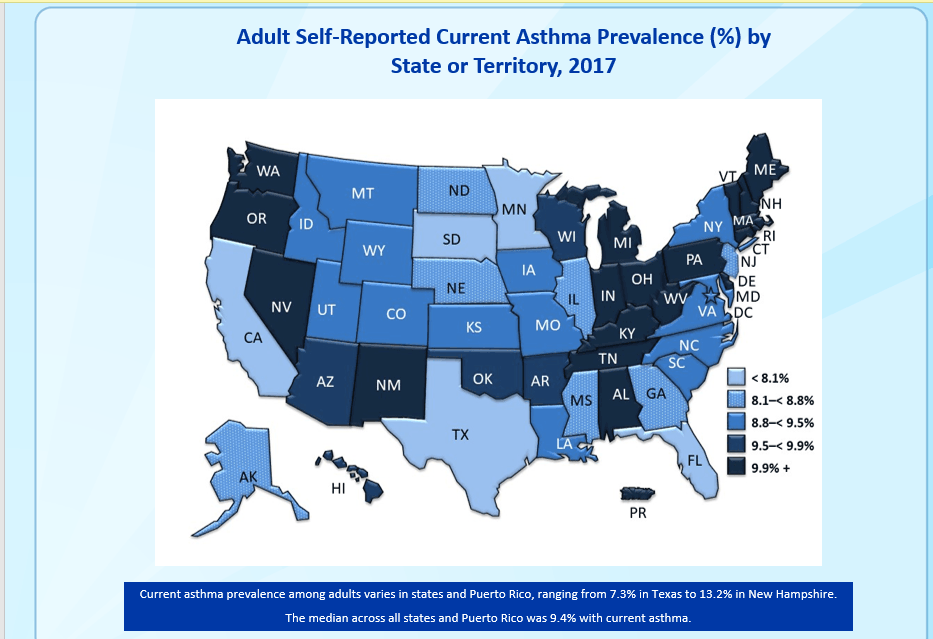EPA Inspector General Releases Report on Trump Auto Rule Process Concerns

Photo Credit: Getty
The Washington Post today reviews a report released yesterday by the Inspector General (IG) of the Environmental Protection Agency (EPA) regarding claims that the Trump administration sidelined EPA experts when finalizing Part 2 of the Safer Affordable Fuel Efficient (SAFE) Vehicles Rule. The IG report confirms the validity of those claims.
The SAFE Rule was a joint product of the EPA and the National Highway Traffic Safety Administration (NHTSA). Part 1 of the SAFE Rule repeals California’s motor vehicle carbon dioxide (CO2) emission standards as unlawful under the Energy Policy Conservation Act (EPCA). Part 2 replaces the Obama administration’s tailpipe CO2 and fuel economy standards, which increase in stringency by 5 percent annually, with standards that increase in stringency by 1.5 percent annually.
It is no secret that NHTSA basically ran the show in the Part II rulemaking, much to the chagrin of EPA career staff, environmental advocates, and Sen. Tom Carper (D-DE).
In the anodyne language typical of such reports, the EPA IG concludes:
Then-Administrator [Scott] Pruitt designated NHTSA as lead rule-writer and analyst for the final SAFE Vehicles Rule, relegating the Agency’s technical personnel to the role of after-the-fact reviewers more so than real-time partners in the modeling and analysis. This resulted in poor collaboration between NHTSA and the EPA, lack of adherence to the EPA’s Action Development Process, and reduced overall transparency in the approach used to promulgate the final rule because of record-keeping and docketing concerns. Documenting and consistently addressing expectations for the EPA’s role in future joint rulemakings should improve the quality of the EPA’s actions.
Being an apolitical document, the IG report does not speculate on whether #Resistance behavior by EPA career staff was a factor in Pruitt’s decision to hand off rulemaking leadership to NHTSA.
One point in the report surprised me. The most serious allegation made by Sen. Carper is that “Four hard copies of EPA’s [technical] concerns [about NHTSA’s draft final rule] were sent to DOT on February 5, but EPA political officials apparently purposefully and potentially illegally withheld these documents from being placed into the rulemaking docket and made available to the public.”
To rectify the situation, the IG recommends that the EPA “docket any written comments received from the National Highway Traffic Safety Administration regarding the draft final Safer Affordable Fuel-Efficient Vehicles Rule during interagency review from January 14, 2020, to March 30, 2020, and docket the EPA’s written responses to such comments.”
One might expect Biden EPA officials to happily comply as that would appear to validate Sen. Carper’s accusation of illegal behavior by Trump EPA appointees. Instead, EPA acting Assistant Administrator of Air and Radiation Joe Goffman and acting General Counsel Melisa Hoffer reject the IG’s recommendation. They argue that docketing the items in question “would be inconsistent with EPA’s interpretation of Clean Air Act § 307(d)(4)(B)(ii) for the SAFE part 2 rulemaking.”
The statute requires the EPA to docket all comments on rule drafts “by other agencies” and the EPA’s responses to those comments. Goffman and Hoffer agree with the Trump EPA’s opinion that NHTSA was a co-author in the joint rulemaking, hence not an “other agency” for purposes of Clean Air Act docketing requirements.
The Post apparently hopes the IG report will help sink the SAFE Rule, subtitling the article: “Inspector general’s report may give Biden more reason to tighten fuel-economy standards in fight against global warming.” The Post comments:
The Trump administration’s decision also meant the EPA failed to properly analyze the rollback’s impact on Americans especially vulnerable to auto emissions, including poor and minority communities often situated near highways and children susceptible to developing asthma, according to the report.
A quibble perhaps, but the IG report does not mention asthma. More importantly, the SAFE Rule poses no increased health risk to people living near highways. Tailpipe CO2 standards are just fuel economy standards by another name. Fuel economy standards are calibrated in miles per gallon (mpg), whereas vehicle exhaust emission standards for carbon monoxide (CO), volatile organic compounds (VOCs), nitrogen oxides (NOX), particulate matter (PM), and toxic pollutants are calibrated in grams per mile (g/mi). Consequently, lower-mpg vehicles do not emit more of those pollutants per mile—with one exception.
Lower mpg vehicles emit more sulfur dioxide (SO2) per mile because the EPA’s Tier III mobile source air pollution program prescribes sulfur content standards for fuels rather than tailpipe standards for SO2 emissions. Motor vehicle SO2 emissions are “proportional to fuel consumption,” and thus higher in lower mpg vehicles (SAFE Rule, Final Regulatory Impact Analysis, p. 1266).
However, that technicality does not raise bona fide public health concerns. Light duty vehicles account for just 0.68 percent of U.S. SO2 emissions (SAFE Rule, Final Environmental Impact Statement, p. 4-2). More importantly, SO2 levels have been below the primary (health-based) national ambient air quality standards, or NAAQS, since 2011 and continue to decline.

The only potential air pollution concern raised by the SAFE Rule would be for people living near refineries. Other things being equal, higher fuel economy = lower gasoline consumption = less refinery output = lower refinery SO2 emissions.
However, there is no reason to believe that reinstating the Obama-era fuel economy standards would improve public health. Air pollution levels and asthma rates are negatively correlated—as air pollutant emissions and concentrations have fallen, asthma prevalence rates have increased. Similarly, asthma hospitalizations and emergency room visits tend to decrease during summer driving season and increase in the fall and winter months. For documentation, see my blog post and supplemental testimony on the SAFE Rule and air quality.
For what it is worth, it is certainly interesting that Texas, the state with the largest refineries and highest concentration of fossil-fuel infrastructure, has the nation’s lowest asthma prevalence rate (7.1 percent in 2019), while Vermont, a state with no fossil-fuel infrastructure, has the highest asthma prevalence rate (11.6 percent).
